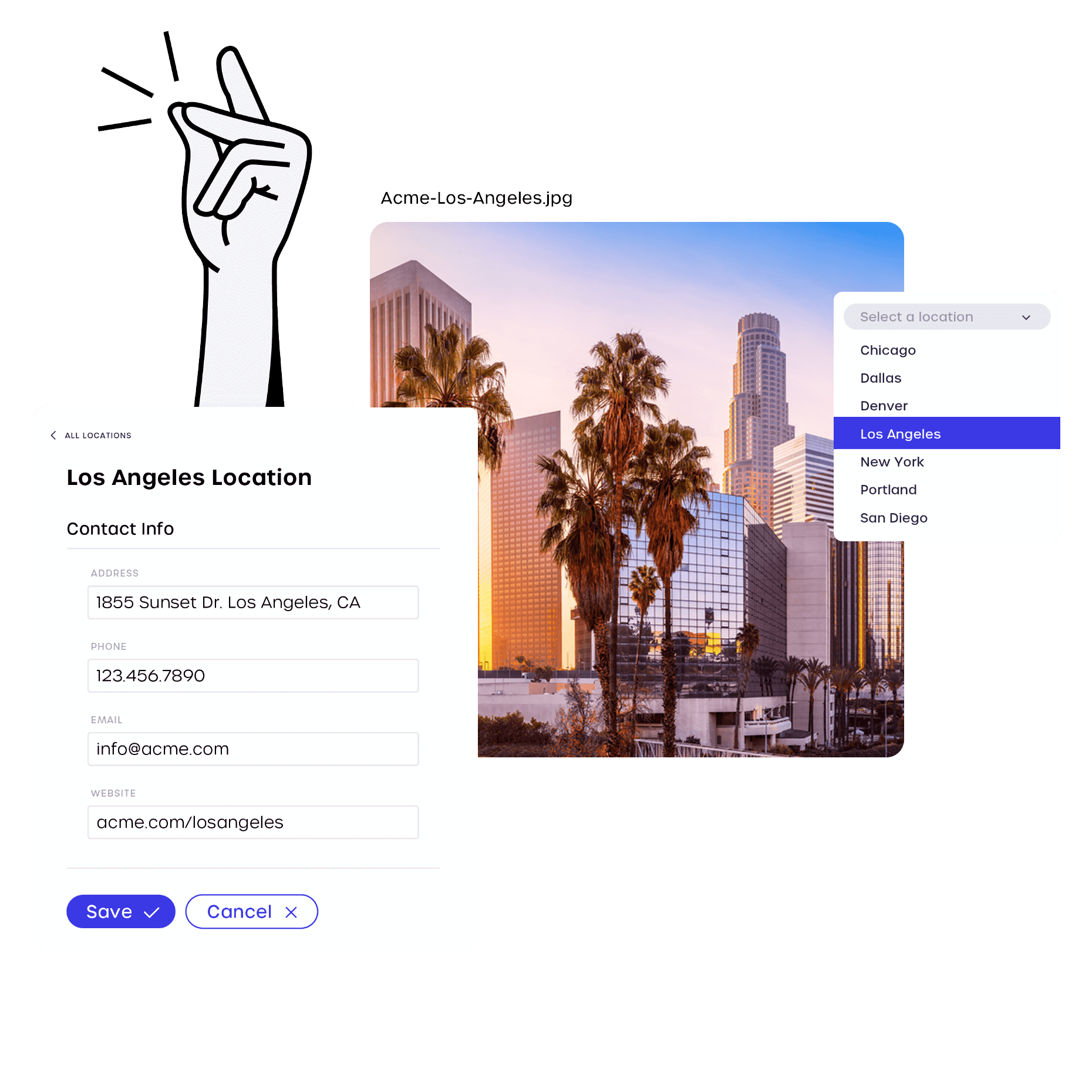Industries
Empower your franchises with on-demand print and digital materials.
Simplify the way your owners and operators organize and share collateral.
Central Brand Hub
Control Print Costs
Built in Analytics
Empower Franchisees



Localized Marketing, Managed Centrally
Map managers and users to specific store numbers, automatically pulling pre-filled franchise information – each store’s specific address, phone number, email, website information, and pricing information – without the user needing to manually manage updates across templates
Franchise Marketing Solutions
Managing consistent marketing across multiple franchise locations is challenging. MarcomCentral simplifies this process by offering a centralized, cloud-based platform where franchisors can upload brand-approved materials and franchisees can access, customize, and distribute them on-demand. This eliminates version control issues, reduces turnaround times, and keeps brand messaging aligned—no matter the size or scale of your network. With built-in compliance checks and usage analytics, MarcomCentral helps franchises maintain control while empowering local teams to move fast and stay on-brand.

Ready for takeoff?
Reach out today and take the first step towards improving the way your team works.
Get a Demo

